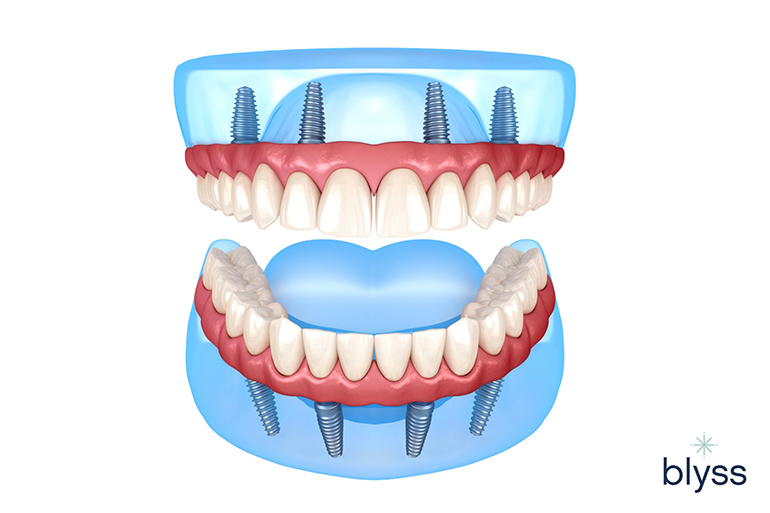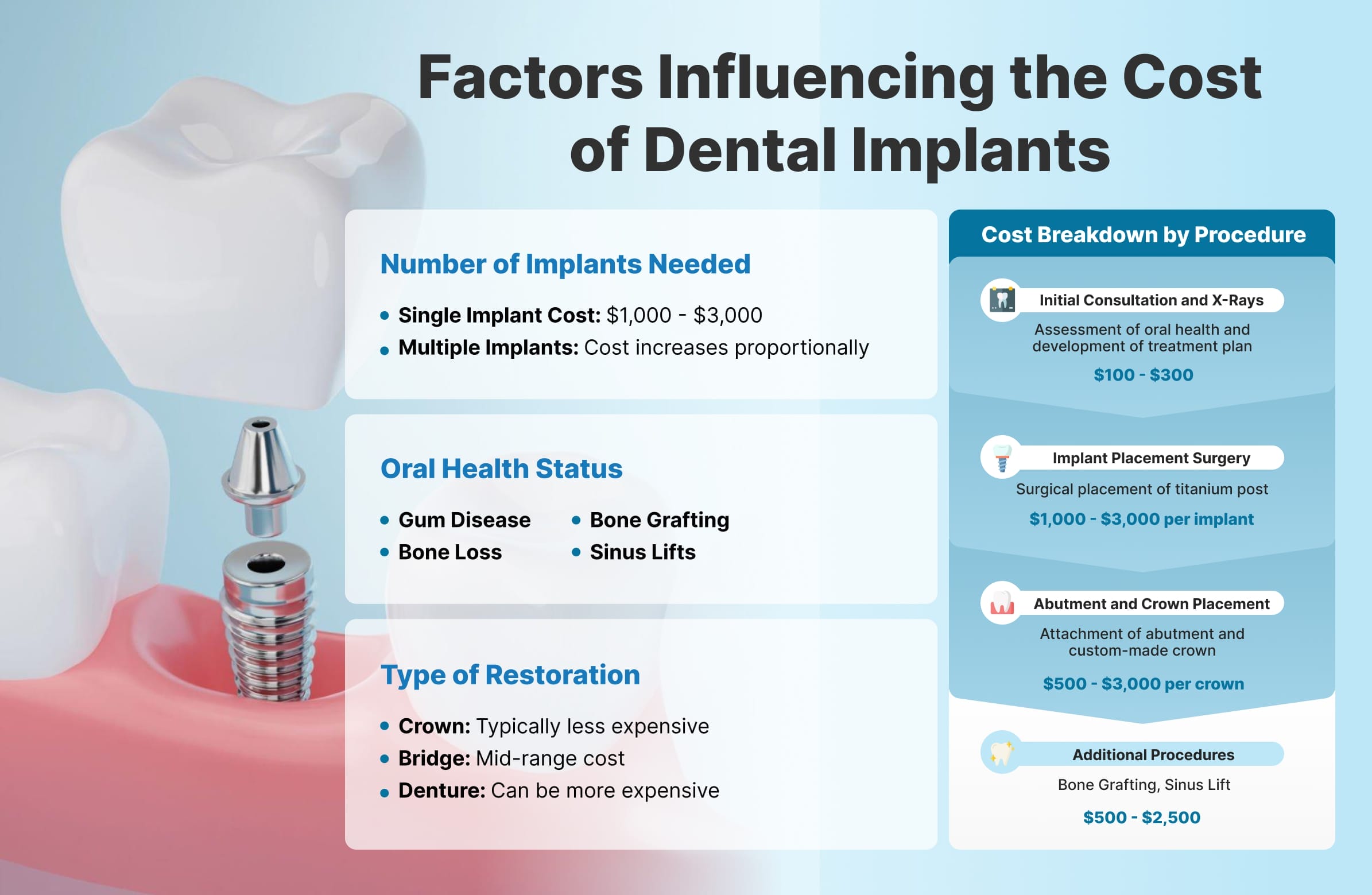Dental Sense Things To Know Before You Get This
Dental Sense Things To Know Before You Get This
Blog Article
Dental Sense for Beginners
Table of ContentsGetting The Dental Sense To WorkFascination About Dental SenseDental Sense - QuestionsDental Sense - An Overview
are clinical devices operatively dental implanted into the jaw to bring back an individual's capacity to eat or their look. They offer assistance for fabricated (phony) teeth, such as crowns, bridges, or dentures. When a tooth is shed as a result of injury or illness, a person can experience complications such as quick bone loss, faulty speech, or adjustments to eating patterns that result in discomfort.Dental implant systems contain a dental implant body and oral implant abutment and may also consist of an abutment addiction screw. Cosmetic dentistry services. The oral implant body is surgically inserted in the jawbone instead of the tooth's root. The dental implant abutment is normally connected to the dental implant body by the joint addiction screw and extends through gum tissues into the mouth to sustain the connected synthetic teeth
(https://www.slideshare.net/matthewmusic33101)Framework of The Dental Implant System picking oral implants, speak with your dental service provider about the potential advantages and dangers, and whether you are a candidate for the treatment. Points to think about: Your general health and wellness is an important consider determining whether you are a good prospect for dental implants, for how long it will certainly take to heal, and for how long the dental implant may remain in location.
Smoking cigarettes may affect the healing procedure and reduce the long-lasting success of the dental implant. The recovery procedure for the dental implant body may take several months or longer, throughout which time you usually have a short-term joint in place of the tooth. the dental implant treatment: Very carefully follow the oral hygiene guidelines provided to you by your oral provider.
7 Simple Techniques For Dental Sense
Implant failure can cause the requirement for another surgical treatment to deal with or replace the implant system. Recovers the capacity to chew Brings back aesthetic appearance Helps keep the jawbone from shrinking due to bone loss Protects the wellness of the surrounding bone and gums Assists maintain adjacent (neighboring) teeth stable Enhances lifestyle Damage to surrounding natural teeth throughout dental implant positioning Injury to the surrounding cells throughout surgical procedure, such as sinus opening Injury throughout surgical procedure (for instance, crack of bordering jawbone) Insufficient function, such as seeming like the teeth do not bite together usually A feeling that the tooth hangs or twisting in position arising from an abutment screw loosening Implant body failure (looseness of the implant body) because of systemic infection, which may be most likely in people with unchecked diabetes mellitus as a result of neighborhood infection in bone and gum tissues sustaining the dental implant body because of postponed healing, which might be much more most likely in individuals that smoke Trouble cleansing the gum tissues around the dental implant, leading to bad oral hygiene Untreated periodontal condition Post-surgical feeling numb because of nerve impingement or damage Always notify health treatment carriers and imaging service technicians that you have dental implants before any type of magnetic resonance imaging (MRI) or x-ray treatments.
FDA is not knowledgeable about any type of adverse events reported for MRI or x-ray treatments with dental implants. Oral implants systems are commonly made of products that comply with worldwide agreement requirements of the International Organization for Standardization (ISO) or ASTM International. These standards have information of what makes a safe material.

An oral implant is a structure that replaces a missing tooth. With screw-like gadgets, the doctor inserts an implant into the jawbone, and it functions as an anchor for an artificial tooth, called a crown. A device called an abutment links the artificial tooth to the dental implant. The crown is custom-made to fit the person's mouth and match the color of their teeth.
Things about Dental Sense
Some people are not eligible for dental implant surgical procedure. It is for oral doctors to run on individuals with: severe illnessuncontrollable metabolic diseasebone or soft tissue condition or infectionIf these concerns are fixed, a person can have the surgery. In, dental cosmetic surgeons refrain from running on people with: If people with any one of the above go through oral implant surgical procedure, there is a greater threat of the implant falling short.

Dental dental implant surgical procedure is an individualized process. Offer you time to heal. Connect the blog post and final crown, bridge or denture.
Next off, your doctor will thoroughly put the oral implant right into your jaw. If your implant is near the front of your mouth, your dental expert will make a short-term tooth useful content for you to put on until you recover.
5 Simple Techniques For Dental Sense
During the recovery stage, your jawbone needs to fuse to the dental implant. This procedure can take anywhere from three to nine months.
As soon as your dental implant heals, your dental expert can affix the joint (little port post) and your final restoration (crown, bridge or denture). This typically takes regarding one hour to finish and may need a second small surgery. You should not feel any kind of pain during your dental implant procedure because your company will certainly make use of drug to numb your gum tissues.
Report this page